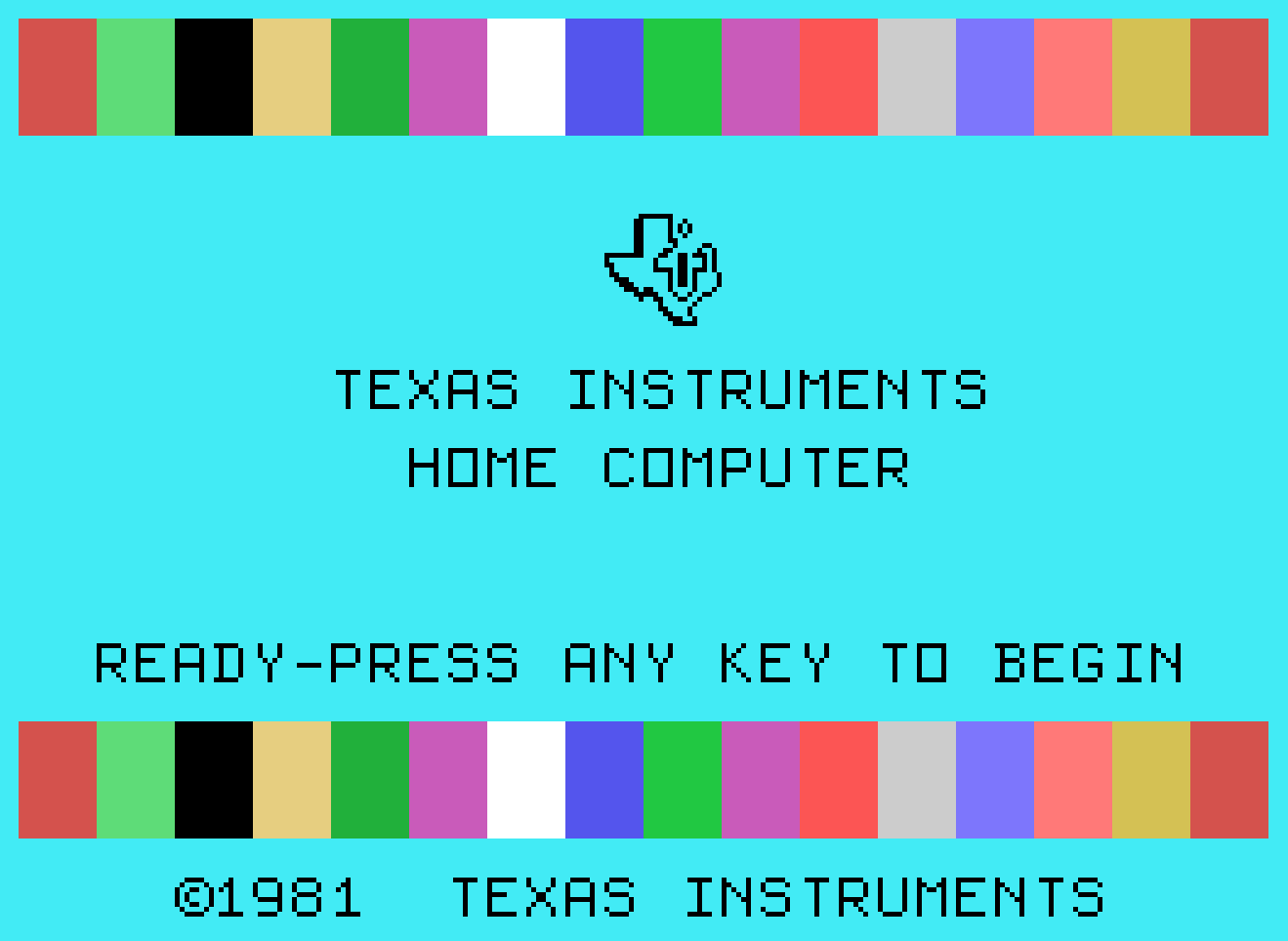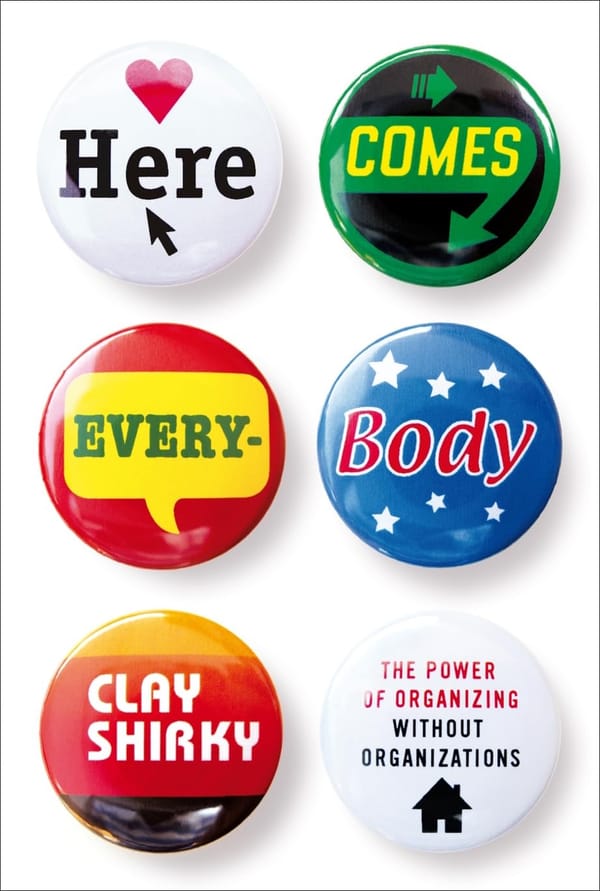programming languages
ASCII Pronunciation Rules for Programmers
As programmers, we deal with a lot of unusual keyboard characters that typical users rarely need to type, much less think about: $ # % {} * [] ~ & <> Even the characters that are fairly regularly used in everyday writing – such as the humble dash, parens, period, and question mark – have radically different meaning








